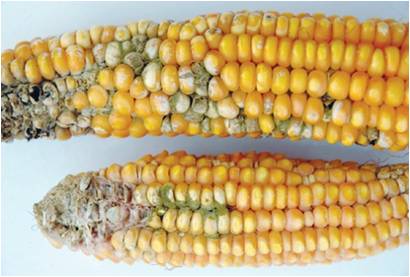The Jomo Kenyatta University of Science and Technology has received a machine meant to control aflatoxin in crops such as maize in a bid to boost food security and health at a time when 3.4m Kenyans are staring at starvation due to a drop in maize production, Kenya’s staple food.
In 2004 for instance, 125 Kenyans died after consuming aflatoxin infested food. In 2017, a research conducted by the International Livestock Research Institute (ILRI) revealed that 99 per cent of preserved milk in the country had presence of toxins observed to be dangerous to human health and a major cause of cancer with 40,000 people diagnosed of the disease in 2017 up from 20,000 in 2012.
The machine would enable maize to be treated with lime, cooked and dried to produce soft cooking flour and other related maize-based food products such as porridge flour in a process referred to as nixtamalization technology. This would help reduce post-harvest losses and help smallholder farmers earn from value addition of crops.
In Kenya maize farmers use aflasafe chemicals to tame the spread of the toxins which is usually applied before flowering but the pesticide has not been very effecive.
Related
Kenya launches aflatoxin lab to tame spread
Three layered bags stem post harvest losses, aflatoxin
Moisture meters tame aflatoxin poisoning in Uganda
“I will be glad to see this technology actualized by JKUAT and further promoted to benefit small scale local farmers in Kenya,” said Dr. Johnson Irungu, the directorate of agriculture in charge of crops and development.

Aflatoxin infested maize
Dr. Irungu said that the government will support the university in ensuring that over 100 small and medium enterprises are trained on the technology so as to empower them and achieve self-independence towards boosting food security.
The technology will be spearheaded by Mexican embassy in Kenya, the Kenya Agricultural and Livestock Research Organization (KALRO) and the International Maize and Wheat Improvement Center (CIMMYT).
Reduction of aflatoxin would enable children eat nutritious food thus reduce the chances of malnutrition with UNICEF report released in September 2017 indicating that 73,000 children in Kenya are malnourished and are at risk of dying due to hunger and eating of un-balanced food diets.
According to UNICEF, highest rates of malnutrition were witnessed in East Pokot (5.8 per cent), Mandera (5.2 per cent), Samburu (3.8 per cent) and West Pokot (3.2 per cent).
















Comments powered by CComment